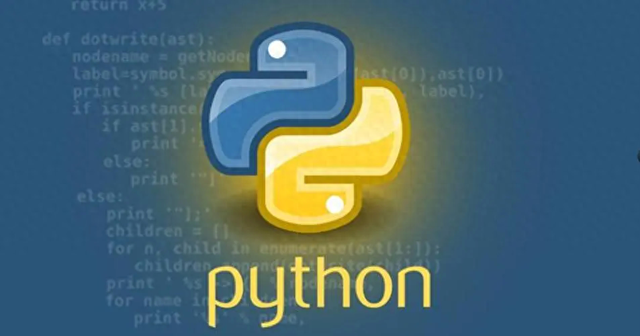
在编程中,字符串连接是一项常见的操作,它用于将多个字符串组合成一个字符串。Python 提供了多种方法来执行字符串连接,每种方法都有其优点和适用场景。本文将详细介绍 Python 中连接字符串的 8 种方法,并为每种方法提供丰富的示例代码。
方法 1:使用 + 运算符最简单的方法是使用 + 运算符,它可以将两个字符串连接在一起。
str1 = "Hello,"str2 = " world!"result = str1 + str2print(result) # 输出: Hello, world!这种方法适用于连接少量字符串,但不适合大规模连接,因为每次连接都会创建一个新的字符串对象,浪费内存。
方法 2:使用 join() 方法join() 方法是一种高效的连接字符串的方式,它接受一个可迭代对象作为参数,并将其中的字符串连接在一起。
words = ["Hello", "world", "!"]result = " ".join(words)print(result) # 输出: Hello world !join() 方法可以指定连接字符串之间的分隔符,这在生成 CSV 文件或 SQL 查询等情况下非常有用。
data = ["Alice", "Bob", "Charlie"]csv_data = ",".join(data)print(csv_data) # 输出: Alice,Bob,Charlie方法 3:使用 % 运算符(过时的方法)% 运算符用于格式化字符串,它可以在字符串中插入其他字符串。尽管这种方法在 Python 2 中广泛使用,但在 Python 3 中已经被视为过时的方法。
name = "Alice"age = 30result = "My name is %s and I am %d years old." % (name, age)print(result) # 输出: My name is Alice and I am 30 years old.方法 4:使用 {} 和 format() 方法{} 占位符和 format() 方法提供了一种更加可读和灵活的字符串连接方式。
name = "Bob"age = 25result = "My name is {} and I am {} years old.".format(name, age)print(result) # 输出: My name is Bob and I am 25 years old.还可以使用具有名称的占位符,使代码更加清晰。
name = "Charlie"age = 35result = "My name is {name} and I am {age} years old.".format(name=name, age=age)print(result) # 输出: My name is Charlie and I am 35 years old.方法 5:使用 f-字符串(Python 3.6+)f-字符串是 Python 3.6 版本引入的一种字符串连接方式,它允许在字符串前添加 f 或 F,然后在字符串中使用大括号 {} 插入变量或表达式。
name = "David"age = 40result = f"My name is {name} and I am {age} years old."print(result) # 输出: My name is David and I am 40 years old.f-字符串具有直观性和性能优势,是连接字符串的推荐方式。
方法 6:使用 += 运算符+= 运算符可以用于在现有字符串上追加内容。
str1 = "Hello,"str2 = " world!"str1 += str2print(str1) # 输出: Hello, world!这种方法适用于需要多次追加内容的情况,但与 join() 方法相比,性能较差。
方法 7:使用 str.join() 方法str.join() 方法可以用于连接多个字符串,其中 str 是要连接的字符串。这个方法类似于方法 2,但可以连接任意数量的字符串。
str1 = "Hello,"str2 = " world!"str3 = " How are you?"result = str1.join([str2, str3])print(result) # 输出: world!Hello, How are you?方法 8:使用 str.concat() 方法(不推荐)str.concat() 方法是一种过时的字符串连接方法,不推荐使用。它接受一个可迭代对象,并将其中的字符串连接在一起,效果类似于 join() 方法。
str1 = "Hello,"str2 = " world!"str3 = " How are you?"result = str1.concat([str2, str3])print(result) # 输出: world!Hello, How are you?尽管以上是连接字符串的常见方法,但在选择时应根据具体情况进行考虑。对于简单的连接操作,+ 运算符和 join() 方法通常是首选,而对于需要格式化字符串的情况,f-字符串是最好的选择。无论选择哪种方法,都要根据代码的可读性和性能要求做出明智的决策。
希望本文能够帮助大家更好地理解 Python 中连接字符串的不同方式,并在实际项目中选择适合的方法。
